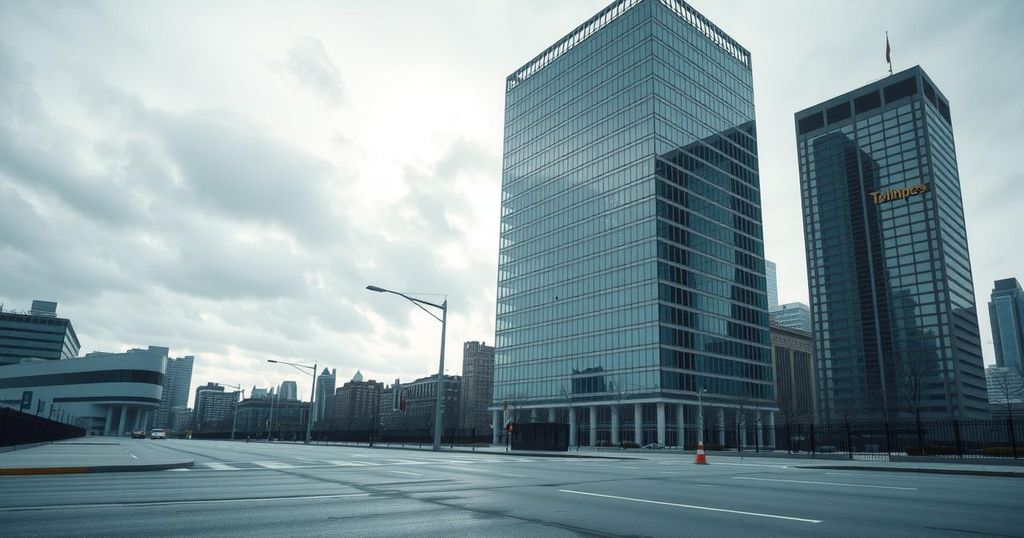South Africa’s economy grew at its slowest rate since 2020, at 0.6% in 2024. Logistical issues, weak consumer spending, and drought impacts hindered growth across most sectors. The finance sector showed some growth, while agriculture and trade struggled. A budget announcement is anticipated to address these economic challenges, while future growth is cautiously predicted.
In 2024, South Africa’s economy registered the slowest growth rate in four years, expanding by just 0.6%. This stagnation was largely attributed to logistical constraints, depressed consumer spending, drought conditions, and insufficient fixed investment, as reported by Statistics South Africa in Pretoria. This continued a troubling trend reminiscent of the severe downturn experienced during the COVID-19 pandemic.
The report cited that in 2023, South Africa’s GDP had grown by 0.7%. The current growth marks the worst performance for the economy since 2020, when lockdown measures severely hampered economic activity and caused significant disruptions in trade and production. At the same time, the rand performed slightly better, trading 0.5% stronger at 18.5210.
Finance Minister Enoch Godongwana’s upcoming budget on March 12 will be closely scrutinized for initiatives aimed at boosting growth. A previous budget proposal that included an additional 191 billion rand ($10.2 billion) via increased value-added tax faced rejection from the governing coalition, highlighting the challenges in securing consensus on financial strategies.
Among the sectors that exhibited growth, finance, personal services, and electricity demonstrated increases of 3.5%, 1.7%, and 3.5%, respectively. The electricity sector benefited notably from improved performance by Eskom Holdings after a prolonged period of power cuts. In contrast, agriculture and trade sectors saw declines of 8% and 1.4%, while gross fixed capital formation fell by 3.7%, signaling a weak investment climate.
Yvonne Mhango, an Africa economist at Bloomberg Economics, projected that South Africa’s economy could see a rebound in 2025, driven by rising consumption and subsequent increases in investment and industrial activity, attributed to reforms in energy and rail infrastructure. However, the performance would have been even worse without a modest uptick in the fourth quarter of 2024, which registered a 0.6% growth thanks to gains in agriculture and finance.
Household consumption expenditure, a critical component of GDP that constitutes about two-thirds of total output, grew by 1% during the last quarter of 2024. This improvement was aided by reduced inflation rates, two interest rate cuts in the second half of the year, and the introduction of a new pension system allowing early access to retirement savings without penalties.
Bokang Vumbukani-Lepolesa of Stats SA noted the positive effect of the new two-pot pension funds on household spending, along with favorable interest rates that encouraged increased consumer expenditure. A recent Bloomberg survey anticipates an economic growth of 1.7% for 2025, though this remains insufficient to address high unemployment and poverty rates or achieve the governing coalition’s ambitious growth target of 3%.
In summary, South Africa’s economy continued to struggle in 2024, characterized by the slowest GDP growth in four years at 0.6%. Contributing factors included weak consumer activity, drought impacts, and investment challenges. Notably, while certain sectors did show growth, the overall outlook remains tepid, and potential growth in 2025 depends on favorable consumption trends and strategic reforms in key areas such as energy and transport.
Original Source: financialpost.com




